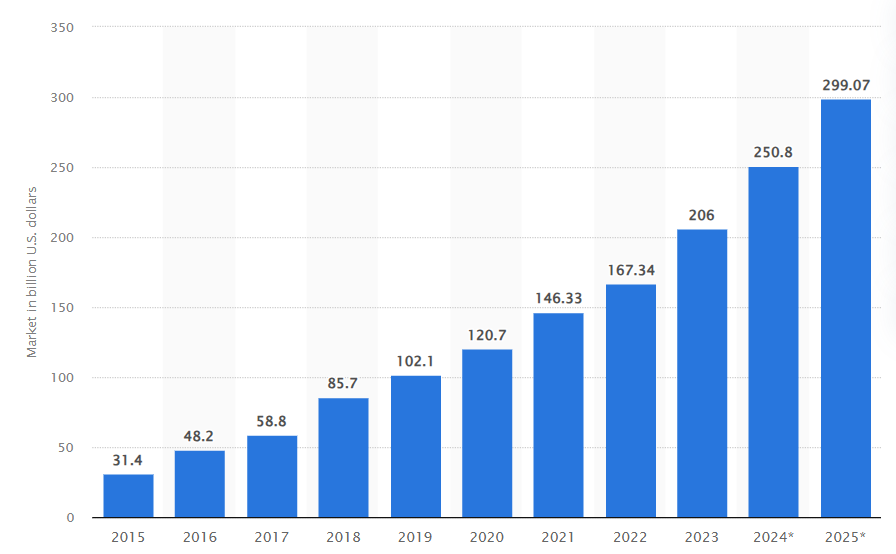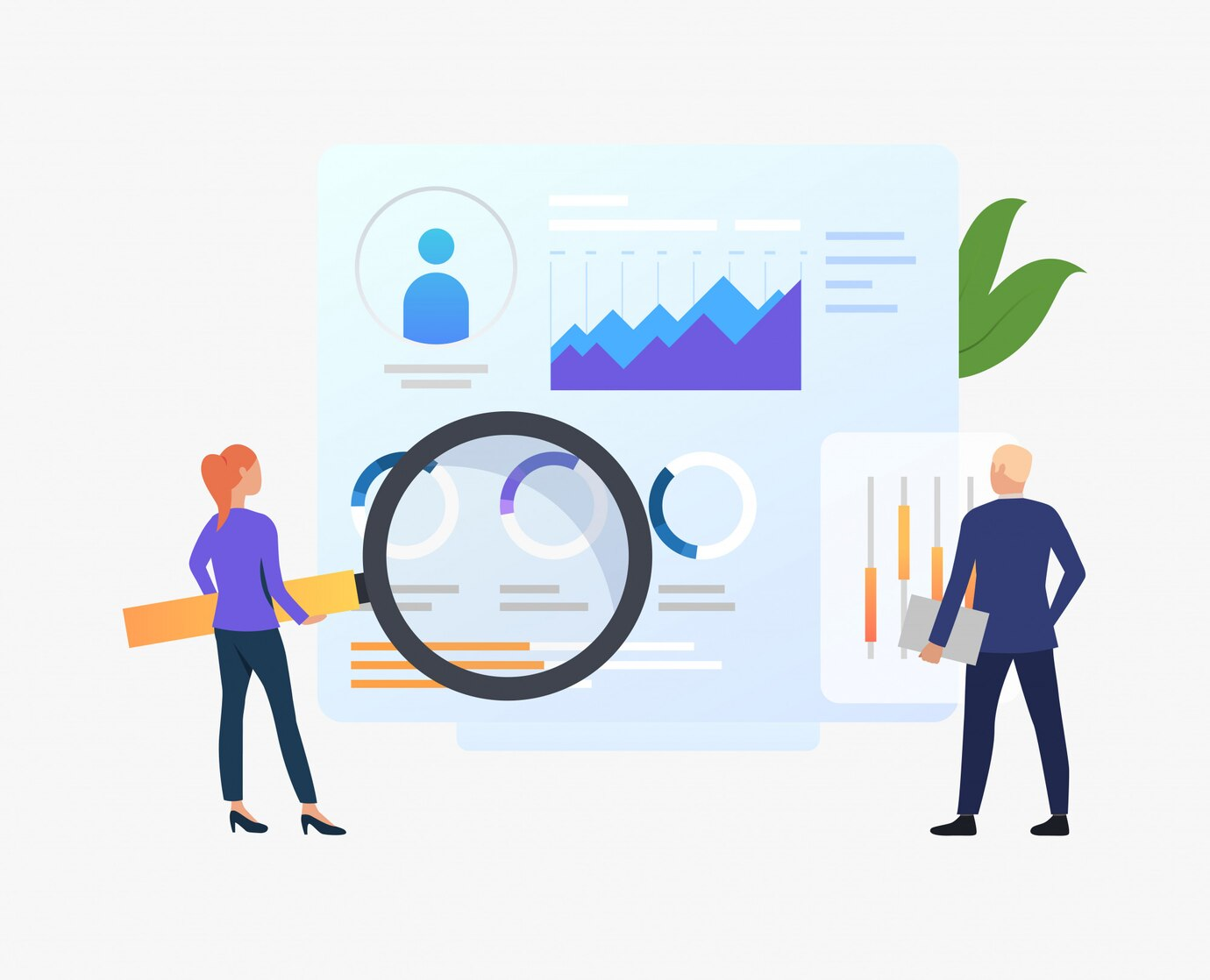Implementing Effective Project Management in SaaS Agencies
So, in recent years, the software-as-a-service (SaaS) industry has really exploded, with an expected worldwide SaaS revenue of $299 billion in 2025 at a 20% compound annual growth rate from 2020.

With more and more businesses jumping on the bandwagon of the use of cloud-based software solutions, SaaS agencies have been created to assist businesses in implementing and managing these systems.
However, the rapid growth of SaaS has come with growing pains. The high project failure rates that many agencies experience are due to the fact that they do not have mature project management practices for complex SaaS deployments. Project management can be effective in implementing projects on time, within budget and with higher quality standards for SaaS consulting agencies.
This article will explore best practices for SaaS agencies to improve project management, including:
- Adopting flexible, agile frameworks
- Managing stakeholder expectations
- Planning comprehensive project scopes
- Building cohesive teams and streamlining communication
- Leveraging project management tools
- Monitoring project risks and changes
- Instilling a culture of learning and improvement
With these strategies in place, SaaS agencies can have more consistent and successful project outcomes, better client relationships through repeat engagements and support the sustainable growth of their consultancy.
Embracing Agile Project Management
With waterfall project management, requirements, design, development, testing and deployment are done in a linear, sequential fashion. But it is great for simple software projects, and for most kinds of software projects, the dynamic needs are not challenging (new committers, new features, and new priorities are uncovered within the project lifecycle, and if we deploy each time, maybe we want to wait for the deploy job to finish).
Rapid iteration cycles can be added to the framework to make it more flexible, as in Agile frameworks such as Scrum or Kanban. Cycles are used to separate the work into smaller chunks that can be modified to fit changing requirements. Two to four-week sprints work on the highest priorities of the team, delivering incremental value to the stakeholders faster, allowing reflection on what went well and what did not, and estimating another path forward.
Agile is well-suited for SaaS projects with elements like:
- New technologies or integration complexity
- High user expectations and desired customization
- Uncertainty around the full program scope and priorities
- Regulatory or compliance considerations
The Zippia found agile projects succeed at a more frequent rate than waterfall projects – 64% vs. 49%. SaaS agencies that embrace agile practices can facilitate stakeholder collaboration, prioritization, and transparency to drive outcomes better.
Managing Stakeholder Expectations
Cloud software implementations inherently have multiple stakeholder groups: agency delivery teams, client executives, end-user representatives, vendors, and more. Each comes with different expectations and success metrics across areas like features, budget, timelines, and resources.
Mismatched expectations are a common trigger for project failures. SaaS agencies should invest early in formal expectation management to get alignment, which can maximize stakeholder satisfaction while minimizing scope creep risks. Key activities include:
- Documenting detailed requirements across target solution capabilities, integration needs, and implementation services
- Building consensus on what is in and out-of-scope between agency and client
- Defining clear measures of success by which delivery can be objectively evaluated
- Establishing governance forums for transparent communications and priority decisions
It is also important to expect that changes will appear during the agile delivery cycles. So project managers should also take steps to do more frequent touchpoints, showcasing complete functionality early and often and communicating any roadblocks with leadership. It does this to ensure that stakeholders will feel heard and allow for any issues to be taken into consideration before it occurs.
Planning and Managing Project Scope

SaaS engagements are different because every project starts with gathering requirements, but to succeed, the SaaS projects need to scope beyond just the software and into infrastructure and services. Clients should be worked with closely by agencies to map out the key elements such as:
Software Scope
- Applications being implemented – core functionality and use cases
- Customization and integration needs
- Vendor evaluation and selection
- Data migration approach
Infrastructure Scope
- Cloud hosting strategy – public, private, or hybrid
- Network architecture and security considerations
- Performance and scalability requirements
- IT team skill gaps and training needs
Services Scope
- Project management approach – agile vs. waterfall
- Implementation and deployment process
- Training and change management activities
- Post-implementation support model
Documenting these technical and operational scopes in detail prevents disparate assumptions that lead to cost/timeline overruns. It also allows agencies to structure engagement models – staffing teams appropriately and pricing projects profitably.
A lot of SaaS specialists make the mistake of scoping only the software requirements. However, infrastructure readiness and service needs need to be assessed, too, for end-to-end delivery. A 360-degree view of the project scope is a good first step, assuming that that is the case.
Building a Cohesive Project Team
Enterprises adopt SaaS as it allows them to take advantage of large teams of specialists, including business analysts, technical architects, developers, QA testers, project managers and others. It is also important to have domain expertise in software, infrastructure, security and the client’s industry verticals.
However, assembling a qualified team is only the first step, and - it is critical to integrate them into a high-performing group. Without strong collaboration and communication, knowledge gaps and misalignments readily creep in.
SaaS agencies should prioritize team cohesion with tactics like:
- Kick-off engagements with in-person workshops are used to align understanding of goals and individual roles.
- Maintain consistent teams across the multi-phase life cycle to retain contextual knowledge.
- Foster camaraderie through regular touchpoints, informal chat tools like Slack, and celebrating group wins.
- Bridge siloes with cross-training across disciplines so team members understand the downstream implications of decisions.
Investing in people aspects creates shared ownership and accountability. Project managers play a key role in nurturing group culture – helping ensure all voices are heard, and problems are solved jointly. This drives quality in delivery.
Leveraging Project Management Tools and Methodologies
Enterprise SaaS projects often span several months to more than a year across planning, implementation, testing, adoption, and support phases. Tracking all the interconnected activities manually is impossible.
SaaS agencies should arm project managers and teams with modern software tools that improve coordination and visibility. Leading solutions include:
Work Planning
- Trello to manage agile user stories and task boards
- MS Project to model complex project plans and timelines
- Smartsheet for real-time scheduling and resource allocation
Requirements Management
- Jama to build out user stories with acceptance criteria
- Blueprint to centralize specs and documentation
Issue and Risk Tracking
- Jira to capture ongoing bugs, action items, and requests
- MS Teams Planner for visual status of deliverables
- RiskyProject to quantify threats and mitigations
Reporting and Dashboards
- PowerBI to analyze budgets, staffing metrics, and KPIs
- ProjectManager.com to visualize the status and schedules
We can consider PRINCE2 or PMI or even the way we collaborate, as it provides excellent processes and templates for the engagement and collaboration tools that allow for the connection of virtual teams. It adds to productivity by combining appropriate tools and techniques.
Monitoring Project Changes and Risks
As with any large endeavor, no matter how much thinking and preplanning goes into a SaaS project, you can get hit by surprise challenges such as changes in requirements, resource limitations, technical hurdles, and software vendor or existing systems problems. Therefore, it is imperative to monitor, assess, and control changes carefully.
Project managers should lead structured evaluations of proposed changes weighing:
- Overall benefits and alignment to business goals
- Requirement and design impacts across other functionality
- Development complexity and timeline influence
- Testing needs and impact on quality
- Costs of resources, tools, or delays
Only changes that demonstrate positive ROI should proceed. Leaders must be willing to say no when modifications won’t provide enough value or divert focus from critical activities.
Proactively identifying and planning for project risks is equally important. Typical risk management approaches include:
- Brainstorming risk scenarios the project could face and indicators that would trigger each
- Evaluating the probability and potential impact of each key risk
- Defining risk owners to monitor and response plans to mitigate
- Adding risk response tasks into project schedules and budgets
- Reviewing top risks and actions during status meetings
This vigilance contains issues before they become blockers and informs contingency plans if they do materialize. Having processes to anticipate and adapt marks mature management projects.
Building a Learning Culture and Project Review Practices

SaaS agencies live and die on their reputation, delivering successful projects. This requires instilling a culture of continuous improvement by learning from experience – both good and bad.
Regular retrospectives for teams to determine what went well and what didn’t in a blameless environment should be encouraged by project managers. Reflection on staff work, communications, tools, and methodologies allows for replicating successes and improvements on pain points.
Agencies should also conduct formal project reviews upon completion, focusing on the following:
- Product outcomes delivered versus original goals
- Final budget and timeline performance
- Client satisfaction scores and feedback
- Team member assessment of culture and support
- Areas of achievement or needing better consistency
Sharing the findings in project closure reports and broadly document findings will serve as benchmark data for future improvement. All of these can evolve over time through analysis, such as estimating and scoping accuracy, risk response, and requirement management maturity.
Project management is an organizational capability requiring continued investment—it is not a one-off activity. Learning disciplines separate SaaS agencies that reliably meet client needs.
Realizing the Benefits of Project Management for SaaS Agencies
Implementing mature project management capabilities requires substantial effort but pays long-lasting dividends for SaaS consultancies through:
More Consistent Delivery Success
Structures processes around planning, communication, change control, and risk management lead to much higher project success rates, faster ROI realization, and greater customer satisfaction for agencies.
Expanded Services and Revenue
Expert project managers are huge force multipliers that allow agencies to take on more concurrent implementations. They also enable larger contract values delivering enterprise programs versus simple SaaS projects.
Stronger Client Relationships
Delivering positive project outcomes and helping clients adopt solutions transforms agencies from vendors into trusted advisors for current and future initiatives.
Improved Resource Efficiency
Standardized tools, templates, and methodologies boost team productivity. Resources waste less time reinventing the wheel or missteps.
Enhanced Market Reputation
Few SaaS agencies have formal project management capabilities today – a huge differentiator that earns client confidence and talent interest.
While strengthening project management requires investment, the long-term gains for SaaS agencies are game-changing.
Conclusion
SaaS agencies operate in a high-growth, complex market. Most organizations still lack the mature project management disciplines needed to deliver enterprise implementations without cost or timeline overruns reliably.
Adaptable agile frameworks can help SaaS consultancies improve outcomes by having careful stakeholder expectations of the project, planning out the complete project scope, integrating the best team you can, streamlining communications, using PM tools, and having a culture of continuous learning.
Their project management capabilities separate the good from the great agencies. Leadership of this transformation will require investing and will lead to strengthening client relationships, fueling growth, increasing profitability, and building a reputation for consistent execution. With more and more competition in the SaaS services industry, project management excellence provides a great competitive advantage.





